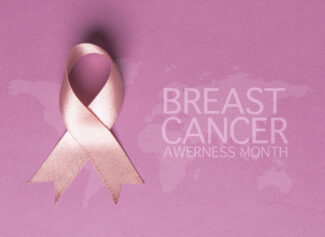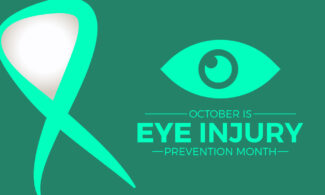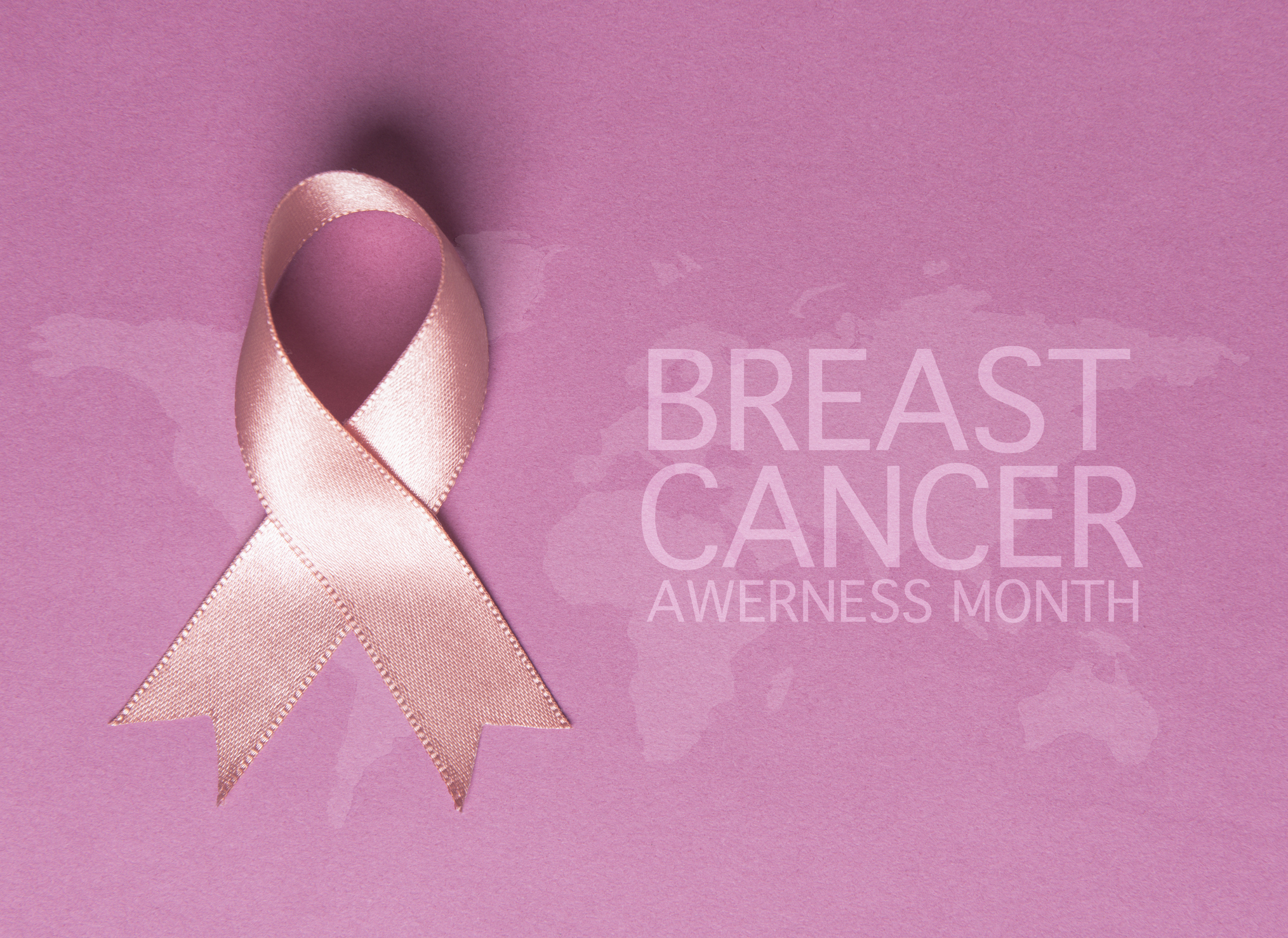
The month of October is dedicated to Breast Cancer Awareness Month and the many benefits of early testing and detection. October is also a month to recognize Eye Injury Prevention.
Breast cancer touches so many lives, and nearly everyone knows someone who has been affected by a breast cancer diagnosis. Approximately 297,790 new breast cancer diagnoses will be given to women in 2023, while 2,800 men will be diagnosed with breast cancer. Most breast cancer cases are given a positive prognosis if the cancer has been detected and treated in the early stages.
Early Detection is Vital
Early detection cannot be stressed enough. A woman’s survival rate drastically increases when cancer is detected in the early stages of the disease. While you cannot prevent breast cancer, there are things you can do to ensure you catch it as early as possible.
Performing self-breast exams is a huge piece of early detection. Women should perform regular self-breast exams to detect any changes in the breast tissue or lumps in the breast. To perform a breast exam, raise one arm and use the opposite hand to move the tips of your fingers in small circles over the breast and armpit areas. Remember to squeeze the nipple to check for lumps or any discharge. If you find anything unusual, always contact your doctor immediately.
Risk Factors
While age and gender naturally increase your risk for developing breast cancer, there are other contributing risk factors, including:
- Family history of breast cancer
- Dense breast tissue
- Starting your menstrual cycle before age 12
- Starting menopause after age 55
- Taking birth control pills
- Overweight, especially after menopause
- Carrier of the BRCA1 or BRCA2 gene mutation
Symptoms of Breast Cancer
If you notice any of the following breast cancer symptoms or warning signs, please notify your doctor immediately:
- Pain in the breast
- A lump in the armpit or breast area
- The nipple is experiencing pain, pulling, or flaky skin
- Irritation, swelling, or thickening of the breast
- A change in the shape or size of the breast
- Discharge from the nipple
While these symptoms alone may not mean you have breast cancer, it is always recommended to notify your doctor.
Diagnostics and Screenings
A mammogram is typically the first tool used to diagnose breast cancer. It can identify cancerous tissue by analyzing the breast tissue with X-ray imaging. A mammogram can sometimes detect a small lump in the breast before it can even be felt. It is recommended that women start getting routine annual mammograms at age 45 unless they have additional risk factors, in which case the recommended age is 40 years old.
Learn more about breast cancer types, staging, and diagnostic screenings.
MRI Breast Imaging
There are times when additional diagnostic testing may require a breast MRI or ultrasound. Breast MRIs can identify tiny lesions on the breast that can go undetected with a mammogram. Women who fall into the high-risk category or have breast implants may be required to have a breast MRI or MRI-guided biopsy to assist in the breast evaluation. Breast MRI may also be ordered for women who recently had a breast cancer diagnosis. It is important to note that MR imaging should not take the place of regular self-breast exams or mammograms.
Eye Injury Awareness Month

The month of October also brings awareness to eye injuries, many of which could be prevented. Eye injuries are common, and over 50% of them occur at home. Protecting your eyes can greatly reduce your chances of sustaining an eye injury that could cause permanent damage or blindness.
Wearing protective eyewear at home and work is a simple step you can take to prevent a potentially life-changing event from occurring. Many people do not think about wearing protective eyewear at home while performing maintenance or home repairs or even during sports activities. Unfortunately, these activities produce many eye injuries that are reported.
Get in the habit of wearing protective eyewear at home and help prevent loss of vision. Always contact your healthcare provider if you suffer an injury, even if it appears to be minor. An ophthalmologist may request an Ophthalmic MRI, which can be used to diagnose many different conditions, such as a brain tumor or a mini-stroke.
Greater Waterbury Imaging Center (GWIC) is committed to your overall health and wellness and strives to provide a comfortable experience for all our patients. Our staff of highly skilled and compassionate technologists provides fast service and accurate MRI results because we understand the importance of receiving quality health care. If you are experiencing any breast pain or other symptoms, please contact your medical provider immediately.
Greater Waterbury Imaging Center cares deeply about your wellness and health and recommends you receive routine breast cancer screenings. Always talk to your healthcare provider regarding any risk factors and symptoms you may be experiencing or if you have suffered an eye injury. Contact us to learn more about how you can promote early breast cancer detection with breast MRI services.


